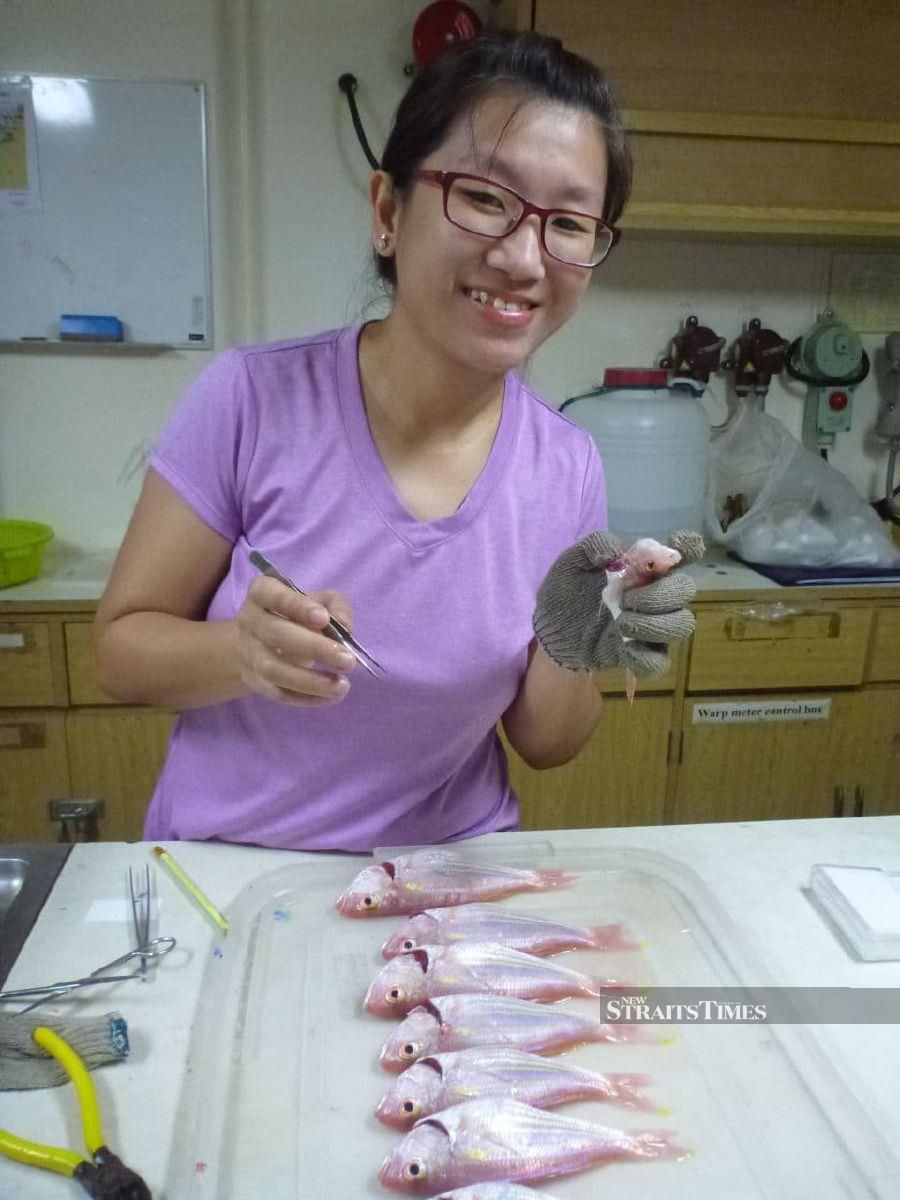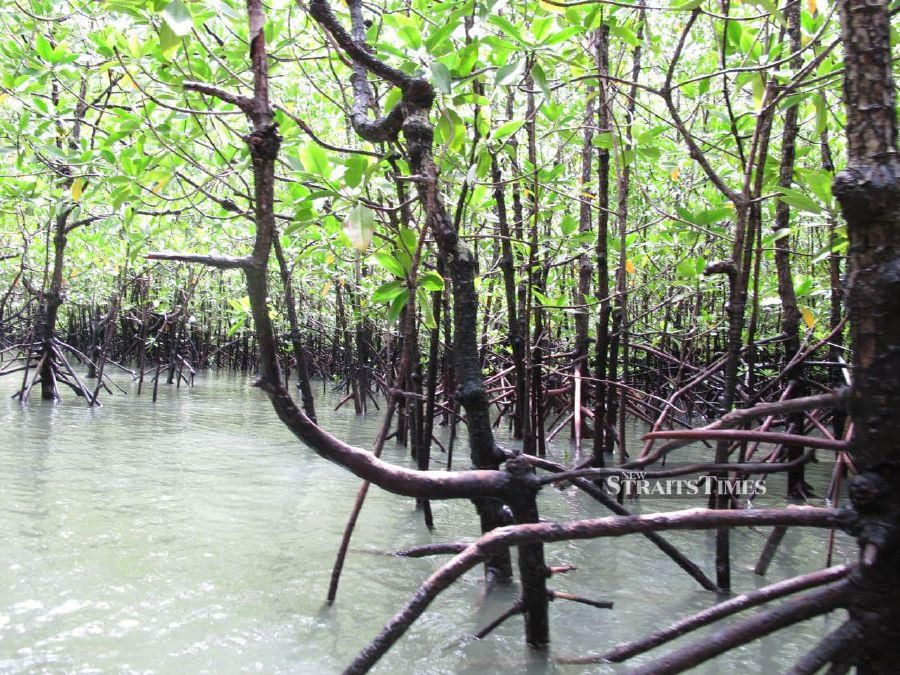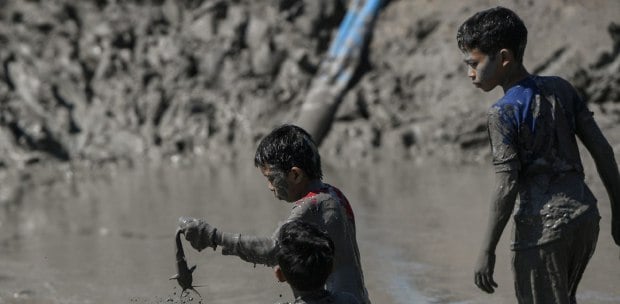MANGROVES are sturdy but not sexy. Not until coastlines collapse and livelihoods go limp. Not until the next tsunami torments and people perish.
People like you and I may ignore mangroves because of "other perilous problems". Covid-19, for instance. Five to eight thousand infections a day "inoculate" us against other troubles.
But scientists and policymakers do not have that luxury. Well, of the latter, I can't be absolutely certain, especially if shortsighted ones are involved.
It was my good fortune then to recently listen to several conservationists who are not afflicted with myopia. They were participating in a webinar organised by Nexus Action for Mangroves in Selangor, a project led by senior lecturer Dr Amy Y. Then from Universiti Malaya and Professor Melanie Austin from the University of Plymouth in the UK.
"Policy briefs" were presented at this event. These identified problems. And recommendations, too, involving nature-based solutions to societal challenges and integrated greening of grey infrastructure.
Please do not let the terms confound you. I didn't.
I came away from the webinar with a better appreciation of some of the big environmental challenges of the day. Three things stuck out in particular.

Malaysia, it seems, is among the "top ten mangrove holding nations" in the world.
Have you seen these trees and their exposed roots? I think they have a certain enchantment, an otherworldliness. I fell in love with them over and over again on trips to Langkawi, Sabah and Sarawak.
But UM's Then was for sure more practical in her presentation. Mangroves are a vital part of the solutions to societal challenges, she said. These include water security, food security, disaster risk, climate change, human health and socio-economic development.
Hey, two to five hectares of these spindly trees may treat effluents from one ha of aquaculture. Millions of fishermen and tourism folks depend on them for their livelihoods.
But we've shed quite a bit of these remarkable trees. Then presented data that showed two Klang islands had lost mangrove forests equivalent to 8,300 football fields since 1998. This amounts to the annual carbon emissions from 650,000 cars.
Restoration, she said, can be more cost-effective compared with artificial solutions such as the construction and maintenance of hard defences. But it takes at least 20 years to reap the benefits of rehabilitation, for the forests to recover to levels similar to those in virgin areas.
I think such time frames are typically far beyond the electoral cycles in which politicians, and the people, live and love. Which brings us to the second point — vote for the environment.
At the end of the webinar, a question was posed. How can we convince policymakers, businesspeople and the public of the importance of the natural ecosystem to the wellbeing of our lives?
Associate Professor Dr Abigail McQuatters-Gollop, also from the University of Plymouth, said she tells her students that they should vote. Specifically, in support of parties that prioritise the environment.
Perhaps this advice should be given to our idealistic young souls too.
The Undi 18 cohort should draw 'power' from their environmental awareness to compel parties that want their support to come up with defined plans to keep the nation on the sustainable growth path. Ask candidates tough questions, and pour scorn on generalisations (ignorant politicians excel at this).
But the quest does not begin and end with elections. It is also about intervening in the here and now. Which takes me to my final point — greenwashing.
Years ago I bought into a dream. I was to own a small and serene home in a patch surrounded by wide spaces, lakes and streams. "Remarkable nature at my doorstep" was the developer's promise.
Long story short, much was levelled, a lot was removed, little was delivered. The ecosystem was transformed, man was in ghastly form.
Dr Louise Firth, a lecturer from the University of Plymouth, said for millennia humans have been converting green and blue (marine) spaces into grey spaces.
We replaced these ecosystems with marinas, reclaimed areas, seawalls and coastal defence structures. These had (and still have) a negative impact on biodiversity, she said.
But scientists are now learning to make space for nature in the built environment. This field — called integrated greening of grey infrastructure — in essence is about making a structure multifunctional, Firth said.
For example, with regard to seawalls, experiments have been done with materials and substrates. Marine life will not settle on a smooth surface. So scientists experiment by manipulating the surface to allow these creatures to make a home there too, she said.
But one of the biggest challenges in this field is greenwashing. "When a development is proposed, the greening-of-the-grey promise can be misused to get the green light," said Firth.
Maybe it's something like the serene home I wanted. The lakes that weren't. I sure hope mangroves remain sturdier than my dream.
The writer is NST Production Editor






